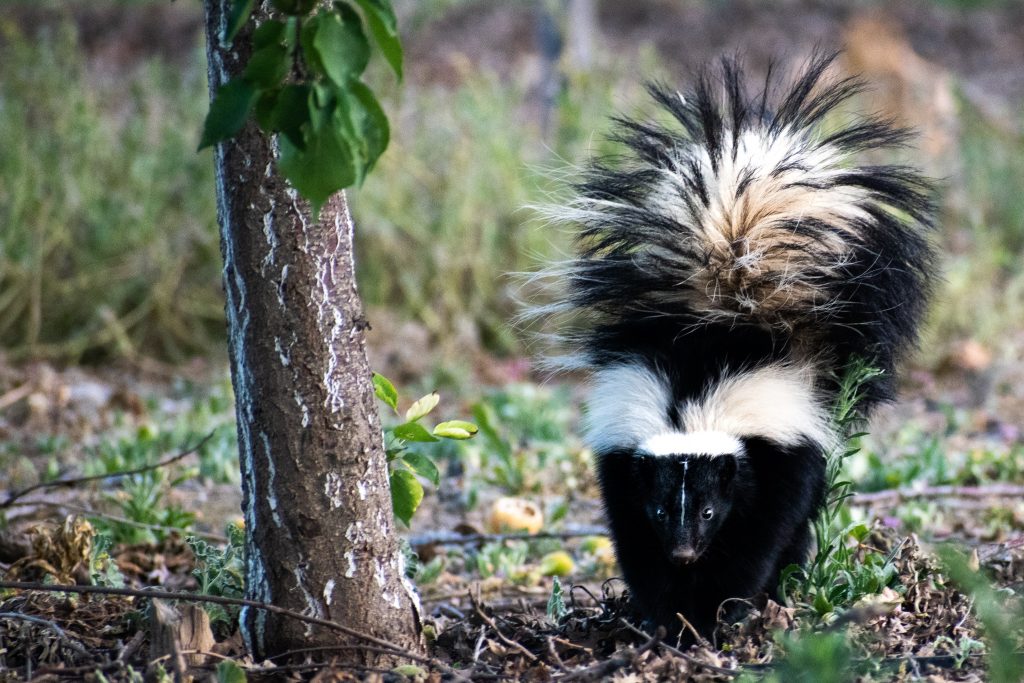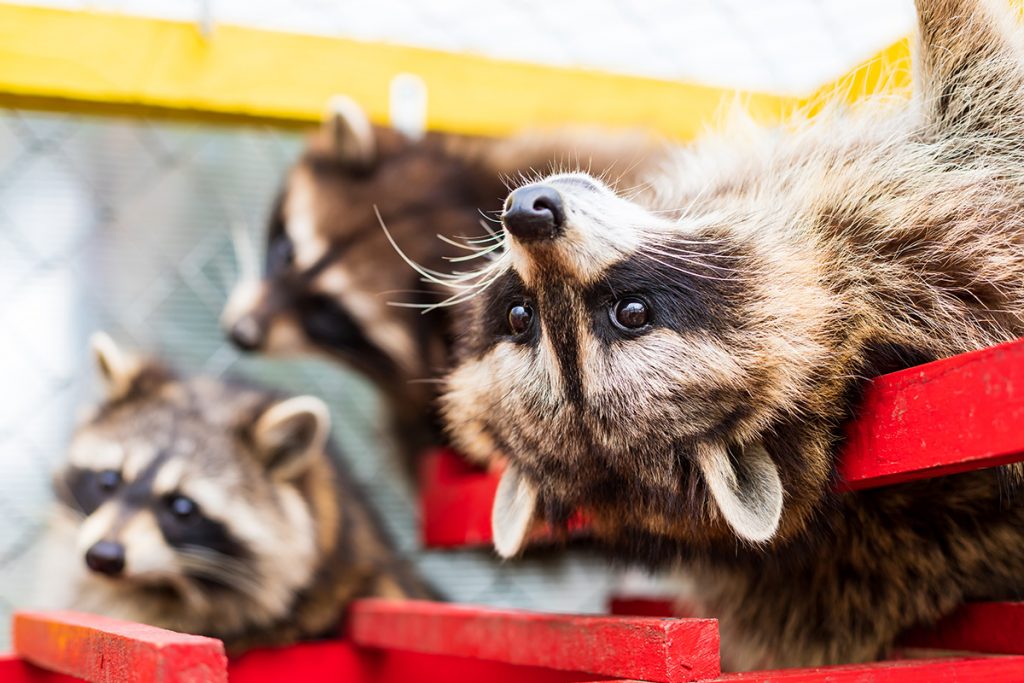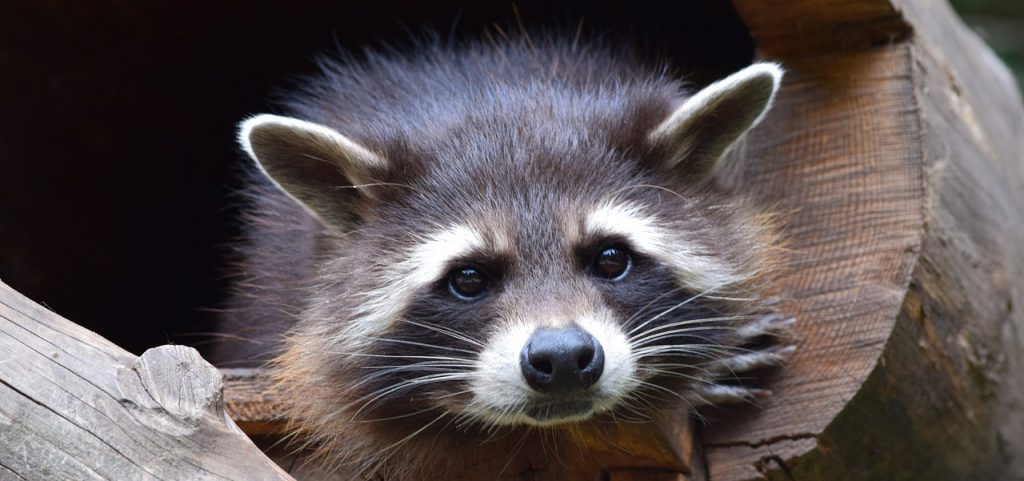For nocturnal critters like skunks and raccoons, you usually don’t spot the animal. But if you have either living on your property, you will find evidence. Animal scat can be one of the clearest signs of a nuisance wildlife problem in your Toronto home, but correctly identifying skunks vs raccoons can be tricky. Both are active at night and can be active in similar parts of your yard. And at first glance, their droppings can resemble a small dog’s droppings.
Asking yourself What, When, and Where can help you identify skunk poop vs raccoon poop.
What Does Skunk Poop Look Like?
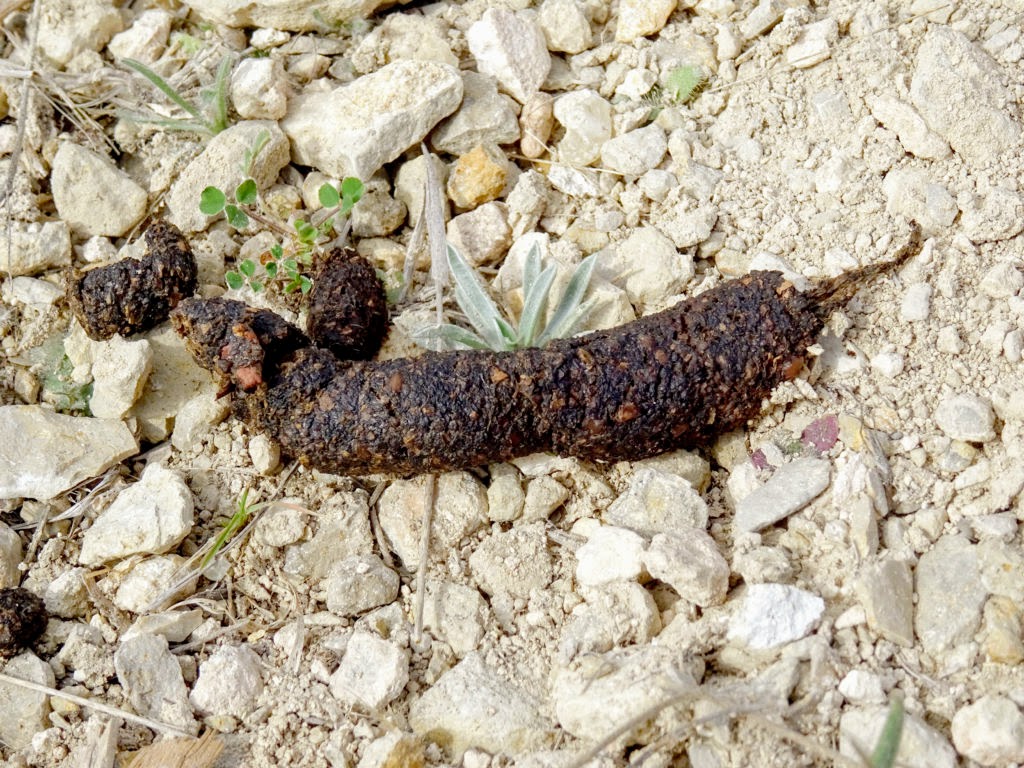
Skunk droppings look similar to those of a cat and are typically found in lawns and gardens. The waste is tubular, has blunt ends, and usually measures about a quarter to half an inch in diameter and one to two inches long. Skunk poop generally contains bits of undigested insect exoskeletons, berry seeds, fur, or feathers.
What Does Raccoon Poop Look Like?
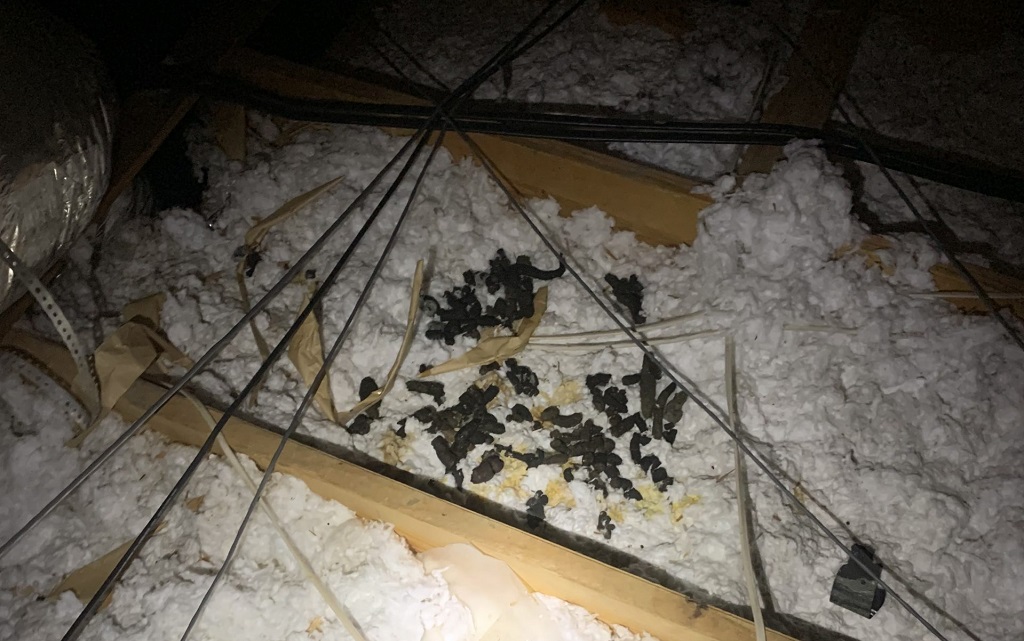
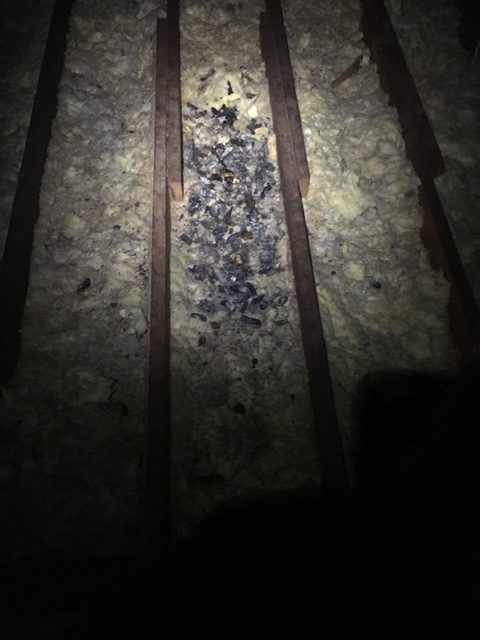
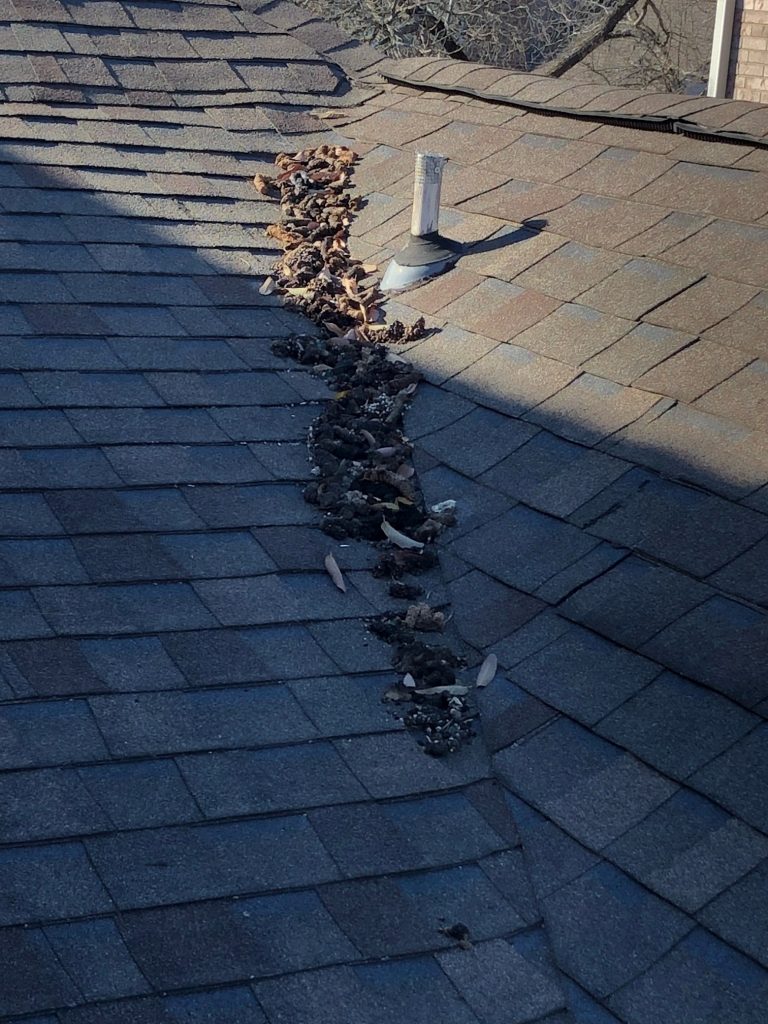
Raccoon droppings are also blunt-ended and tubular but are typically a bit larger than skunk poop. On average, raccoon poop is about two to three inches in length and half an inch in diameter. Additionally, their scat is darker in color. Raccoon poop might have bits of undigested food in it like berries and seeds.
Where Did I Find the Droppings?
Skunks cannot climb. So if you found droppings on the roof or inside the attic, you have a raccoon. Skunks usually live under porches, decks, sheds, or in burrows near rock, wood, or brush piles.
Raccoons defecate in shared locations, known as latrines. Common sites include tree stumps, woodpiles, large rocks, decks, and patios. During a raccoon infestation, you will find latrine sites in your attic, on the roof, or in a garage.
When Did I Find the Animal Droppings?
Both critters are active year-round, but there are certain times of year when their activity increases around houses.
Skunks are most active early in the year, from February to March during their mating season, after the babies are born in summer, and then in September as they prepare for winter weather.
Similarly, raccoons generally break into homes to give birth (March) or to get shelter during the winter (October to February).
Health Concerns with Animal Droppings Around House
Raccoon Feces Hazards
Raccoon feces may contain roundworm eggs, which are extremely harmful to humans and pets. Young children are most susceptible to contracting roundworm because they may come in contact with excrement while playing and have the tendency to put unclean hands near or in their mouths. Symptoms include blindness, paralysis, and damage to livers and lungs. Raccoon roundworms can even cause death.
Skunk Feces Hazards
Though it’s less common, skunks can also spread roundworms through their feces. However, they are more likely to transmit listeriosis and leptospirosis to humans. Pets may pick up canine hepatitis, canine distemper, and feline Panleukopenia from skunk feces.
Safe Animal Removal and Feces Clean Up
Animal droppings around your house present a health hazard to you, your family, and your pets. Dogs can get sick if they ingest animal droppings. You need to safely dispose of the feces whether it is in your yard or in the attic. REMEMBER: feces can harbor airborne pathogens. Wear a respirator if removing animal feces from the attic.
Animal poop is one sign of an animal problem. Other signs of nuisance wildlife problems include strange sounds or noises at night, animal damage to your house, and musky smells inside or around the house.
Call Critter Control Canada to get a free inspection and ensure your house is animal-free. Our services include safe and humane animal trapping, exclusions for long-term animal control, and repair and remediation, which includes animal dropping clean up.
How to Keep Animals Off Your Property
Limit access to food, shelter, and water outside. This makes your property less attractive for any critters to visit. Specifically:
- Limit access to food sources by:
- Keeping pet food inside
- Securing garbage cans
- Limit access to water by:
- Emptying anything holding water
- Fixing any leaky faucets
- Making sure air conditioning units property drain
- Limit access to shelter by:
- Clearing woodpiles and brush piles
- Securing the area under porches and sheds
- Maintaining a clear and tidy lawn

